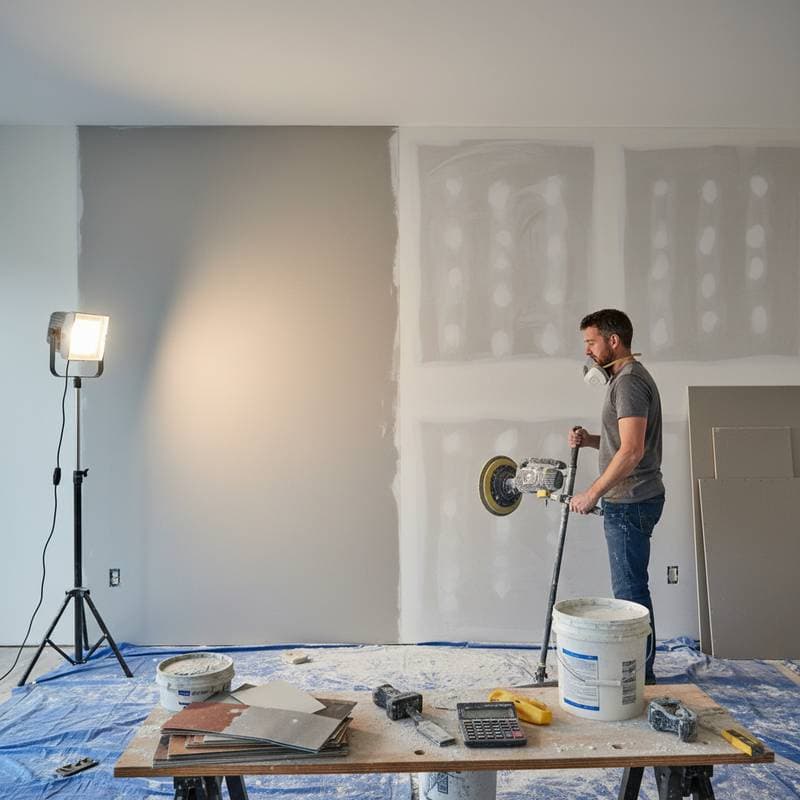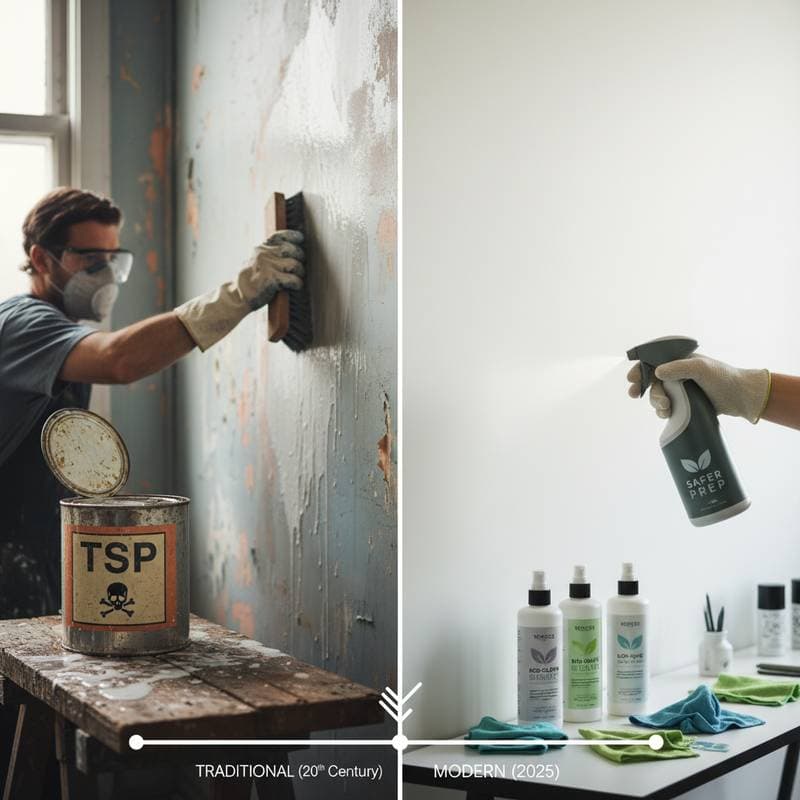Achieving Flawless Wall Finishes: The Value of an $800 Skim Coat
Many people enter a room and notice walls with a smooth, radiant quality that enhances the entire space. This effect often results from a professional skim coat application. The cost for such work in a standard room typically reaches $800. This article explains the process, its benefits, and how to incorporate it into a project effectively.
Understanding the Skim Coat Process
A skim coat involves applying a thin layer of joint compound over the entire wall or ceiling surface. This technique levels the drywall, concealing textures and minor defects to prepare an ideal base for paint or wallpaper. Professionals use it to achieve a seamless finish that elevates the room's appearance.
The application begins with spreading the compound using wide trowels or rollers in even strokes. Multiple passes ensure uniformity, followed by drying and light sanding. A primer seals the surface, creating a consistent texture that allows light to reflect evenly and colors to appear vibrant.
Factors Influencing the $800 Cost
The $800 price point reflects labor, materials, and preparation for a room of average size, approximately 12 by 12 feet. Variations occur based on room dimensions, wall condition, and existing textures. This estimate provides a reliable starting point for budgeting.
For smaller projects, costs range from $100 to $300. These cover DIY efforts or targeted repairs with basic tools and pre-mixed compound. Professional services for one room align with the $800 midpoint, including dust management and high-quality materials for superior results.
Larger projects, such as full homes or rooms with tall ceilings, exceed $1,500. These involve advanced techniques like multiple layers or specialized sealants. Select the appropriate level by assessing project scope and desired outcome.
Benefits of a Professional Skim Coat
A skim coat enhances light distribution across the surface, making spaces appear more expansive and illuminated. Paint applies more evenly, reducing the need for additional coats and ensuring consistent coverage. The sealed layer also increases resistance to wear, preventing cracks and maintaining appearance over years.
From an aesthetic perspective, the finish delivers a refined look comparable to high-end interiors. Even with standard paints, the smooth base amplifies visual appeal. This technique proves particularly valuable in renovations where time constraints demand quick, effective improvements.
Identifying When Walls Require a Skim Coat
Inspect walls by running a hand over the surface to detect irregularities like bumps or residual textures from previous applications. Uneven shadows or blotchy appearances under lighting indicate potential issues. Persistent inconsistencies in paint coverage, despite multiple layers, signal an underlying surface problem.
Transitioning from textured to smooth walls necessitates this treatment to eliminate patterns fully. In such cases, the skim coat ensures a blank slate for new designs. Early detection prevents wasted effort on ineffective painting attempts.
Detailed Application Steps
-
Prepare the area thoroughly. Remove furniture, cover floors with drop cloths, and tape outlets. Clean walls to eliminate dust and repair major cracks with patching compound.
-
Select and mix the compound. Opt for all-purpose joint compound, thinned with water for better spreadability. Professionals prefer lightweight versions to reduce application effort.
-
Apply the initial layer evenly. Use a 12-inch or wider trowel to spread the mixture in thin, overlapping strokes from top to bottom. Maintain consistent pressure to avoid ridges.
-
Allow complete drying. Expect 24 hours per layer, depending on humidity. Use fans to accelerate the process without causing uneven shrinkage.
-
Sand the surface gently. Employ 220-grit sandpaper with a sanding pole for reach. Attach a vacuum to control dust and reveal the final texture.
-
Apply primer and evaluate. Roll on a high-build primer to seal the compound. Inspect under various lights; address any remaining flaws with spot applications before final priming.
Mastery of these steps relies on practice, particularly in controlling tool pressure and ensuring seamless blends between sections.
Practical Budgeting and Material Selection
For DIY projects, purchase 5-gallon buckets of ready-mixed joint compound, which cost under $20 each and simplify the process. Pair with stainless steel trowels for durability and ease of cleaning. Focus initial efforts on high-traffic walls to maximize impact within limited funds.
Professional applications benefit from setting compounds that dry faster, minimizing project timelines. To maintain uniformity, blend multiple buckets of compound before use, avoiding color variations. Allocate 10 percent extra for the budget to cover unexpected repairs.
Maintaining Skim Coated Walls
Routine care involves wiping surfaces with a soft, dry cloth to remove dust buildup. Steer clear of abrasive cleaners that might etch the finish or damage the paint layer. For repairs, apply compound in a feathered pattern, extending beyond the damaged area, then sand and prime.
These walls support diverse design choices, from bold colors to subtle textures, without compromising smoothness. The investment yields enduring value, creating cohesive interiors that enhance daily living. Professional results remain accessible through informed planning and execution.



